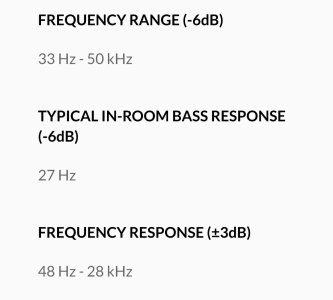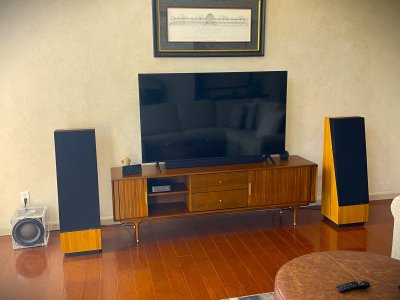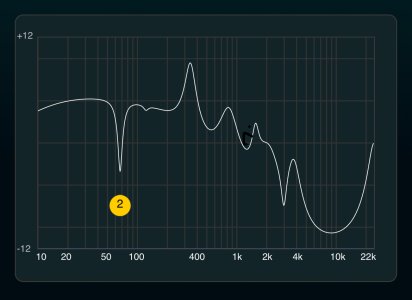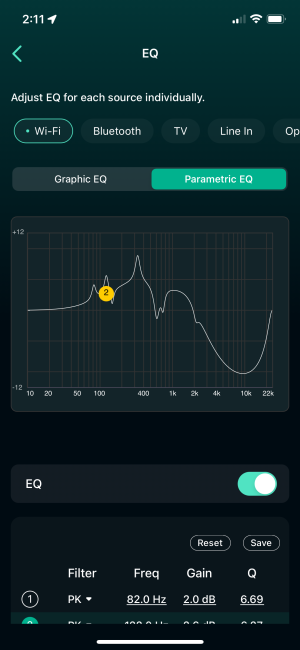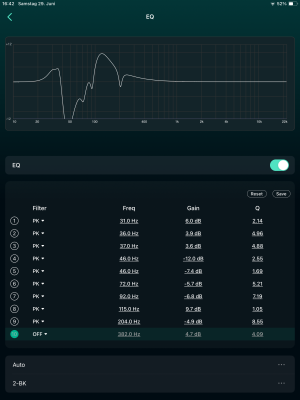There is no +/- figure so that 28hz is nonsense.
Goes up to 50khz?
Just found out those elac are rated using this

Elac Vela 2.0 FS409.2 Floorstanding Speakers
The VELA builds on the highly successful and high-performing Series 400 while improving stereo definition and multi-channel audio in modern furnishings.
Frequency response (IEC 268-5) | Visaton
Which means +/-10db so I'd set those speakers to 50hz and don't correct under 50hz

